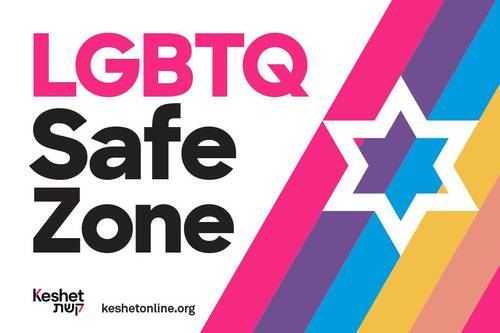Community events and resources

Amherst Memorial Chapel Presents Memories of the Holocaust
Amherst Memorial Chapel celebrates their 30th Anniversary of service to the community with a speaker series in conjunction with Holocaust Education Resource Organization (HERO) and the Buffalo Jewish Federation.
Kicking off the series will be Memories of the Holocaust hosted by Emmy Award winning news reporter Rich Newberg, who worked at WIVB-TV for many years. Rich will show a number of reports he did about the Holocaust and discuss his interactions with the people who survived it. He is doing these lectures up and down the East Coast.
The event will be Monday, November 10th at 7pm. Admission is free, but seating is limited. Attendees are asked to register at https://
Federation of Jewish Men's Clubs (FJMC) ongoing projects
Jewish Family Services
|
JFS advises that any individual who is caring for someone who accepts Medicaid or state-based services qualifies for six free sessions from a JFS counselor. To access these sessions, call (716) 858-8526 and advise you are a caregiver and would like to access the six free counseling sessions at JFSWNY for caregivers. |
 |

















